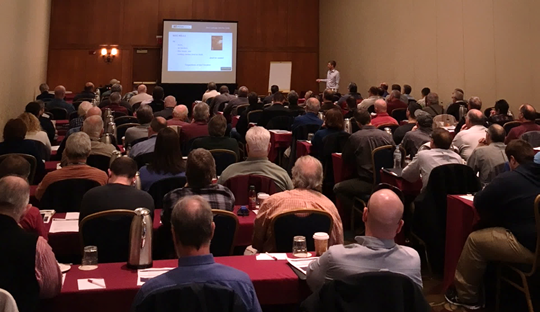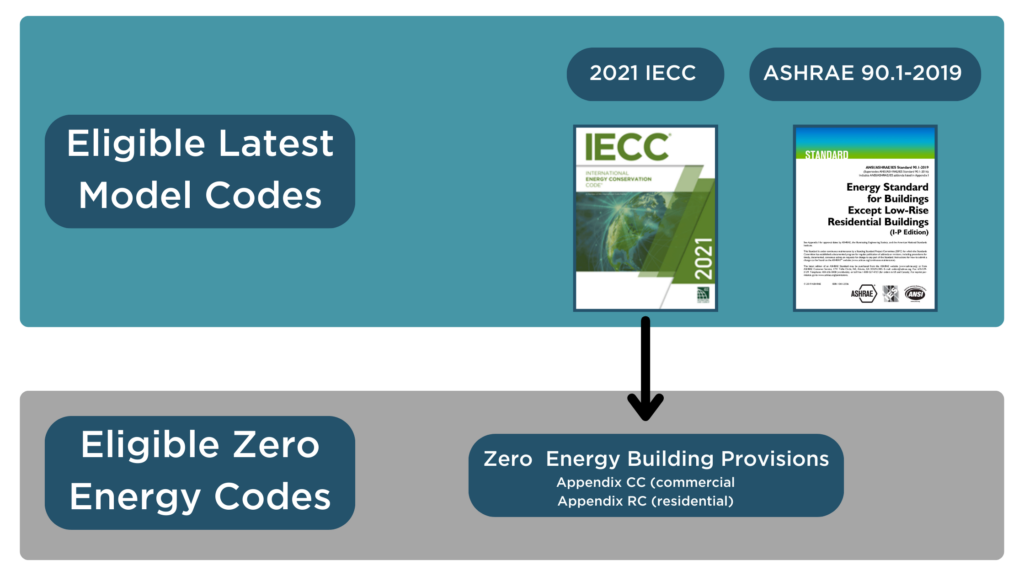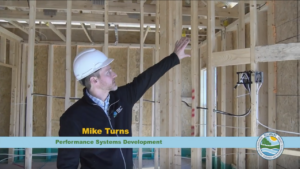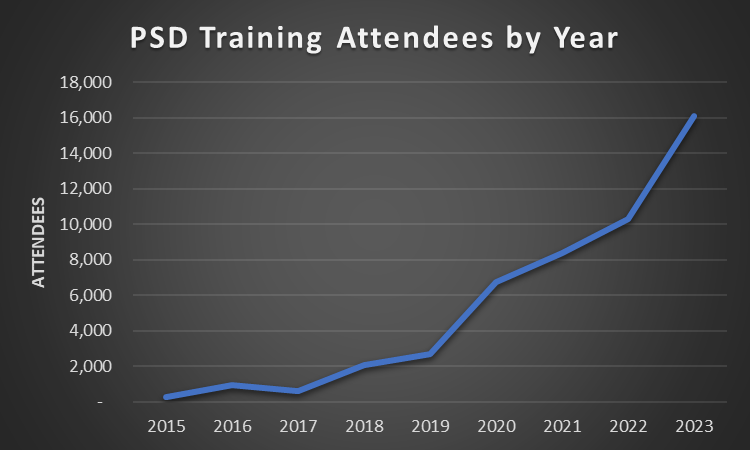The U.S. Department of Energy recently made available nearly all the $1 billion in Inflation Reduction Act (IRA). This funding is being issued in two ways: formula funding ($400 million) and competitive awards ($530 million). The applicants for this funding must be state or local jurisdictions with the authority to adopt codes, so partnerships among agencies could be necessary. With upcoming deadlines for letters of intent and concept papers, government officials and code review boards are looking to understand the benefits and substance of these codes.
According to the U.S. Department of Energy, the eligible codes for formula funding are the “latest model codes”, which are the 2021 International Energy Conservation Code (IECC) and ASHRAE Standard 90.1-2019, and “zero-energy codes” which are the zero-energy appendices found in the 2021 IECC. Competitive awards offer may be made to states and local jurisdictions that adopt codes that result in equivalent savings to the latest model codes and zero energy codes, which may include amended versions of the model energy codes and policies that achieve equivalent savings in existing buildings such as Building Performance Standards (BPS).
Analyses performed by the Pacific Northwest National Laboratory have determined that the 2021 IECC and ASHRAE 90.1-2019 are cost-effective in all 50 states with the potential to save the nation $180 billion and eliminate nearly 2 billion metric tons of carbon emissions over 30 years.
2021 IECC Improvements
The items listed below are improvements found in the 2021 IECC that increase efficiency as compared to the previous three versions of the code (2012, 2015, and 2018). For states currently on the 2009 IECC or older, the improvements required to meet the 2021 IECC are more significant.
Residential Buildings
Mike Turns, PSD Director of Energy Code Services, presenting at the annual Pennsylvania Construction Codes Academy Symposium.
Improved insulation
Duct leakage testing for all systems regardless of duct location
Mechanical ventilation airflow testing
Exterior lighting controls
Interior lighting controls requirements added (dimmers or occupant sensors)
New requirement to choose one of five Additional Efficiency Package Options yielding an approximate 5 percent additional improvement in efficiency
Lower maximum energy rating index scores under the ERI path
Commercial Buildings
Improved insulation
Air barrier plan reviews and inspections
Air leakage testing
Fault detection and diagnostics (FDD) for HVAC systems
Minimum HVAC equipment efficiencies updated to include the latest technologies and testing standard
Demand controlled ventilation required in more instances
Enclosed parking garage ventilation with CO and NO2 detectors
Energy recovery ventilation for non-transient dwelling units (e.g., apartments)
Mike Turns, PSD Director of Energy Code Services, recording a training video for the Delaware Department of Natural Resources and Environmental Control.
Ventilation fan efficacy requirements for dwelling units
Updated minimum efficiencies for refrigeration equipment
Occupant sensor requirements expanded to include corridors (50% power reduction)
Daylight zone areas expanded to include more floor area
Parking garage lighting controls
Reduced lighting power allowances
Minimum photon efficiency for lighting for plant growth
Controlled receptacles to reduce parasitic plug loads
Energy monitoring for buildings 25,000 sqft. or larger
Point-based system for additional efficiency package options
2021 IECC Zero Energy Appendices
These new appendices may be adopted by states or local jurisdictions with the authority to adopt codes and, when adopted, replace the energy code provisions of IECC Chapter 4.
Residential: This appendix sets two maximum Energy Rating Index (ERI) scores. The first score is the maximum score allowed prior to the inclusion of onsite power production. The second score is always zero and is the maximum score when including onsite power production. Both values must be achieved.
Commercial: This appendix sets minimum energy use intensities (EUIs) combined with renewable energy generation to achieve a net annual energy usage of zero. Maximum EUIs vary by climate and building occupancy type. Renewable energy generation may be on or offsite, and the appendix lists a variety of qualifying offsite procurement methods.
Stay tuned for additional posts containing more detail about the new improvements found in the 2021 IECC.
Additional Energy Code Funding Opportunities
Federal Energy Code Funding Summary |
|||
|
Awarded |
Available Now |
Available Soon |
|
|
BIL – Resilient Efficient Codes Implementation |
$90M |
— |
$135M |
| IRA – Latest and Zero Energy Code Adoption – Formula Funding |
— |
$400M |
— |
| IRA – Latest and Zero Energy Code Adoption – Competitive Awards |
— |
$530M |
— |
Federal Energy Code Funding Application Timelines |
||
| IRA – Latest and Zero Energy Code Adoption – Formula Funding | Letters of intent due Jan. 31, 2024 | Full application period open until Sept. 30, 2025 |
| IRA – Latest and Zero Energy Code Adoption – Competitive Awards | Concept papers due Feb. 9, 2024 |
First round of applications due Apr. 30, 2024 Additional rounds to be opened roughly every six months as funds last. |
How PSD can help
PSD has been providing energy code adoption and implementation services for over a decade, and we’re excited to leverage our knowledge and experience to support you.
PSD Energy Code Support Services:
Code adoption technical assistance
Code implementation planning
Classroom training and webinars
Self-paced, online training
Technical assistance circuit riders
Compliance tools
Field studies
Savings potential and cost analysis







